Wave physics

All waves, be they water waves, sound or light, have certain characteristics in common: they propagate, can lose energy and be reflected, etc. These characteristics are the reason why waves can be used for a wide variety of purposes, such as locating, imaging, mapping and much more.
Propagation
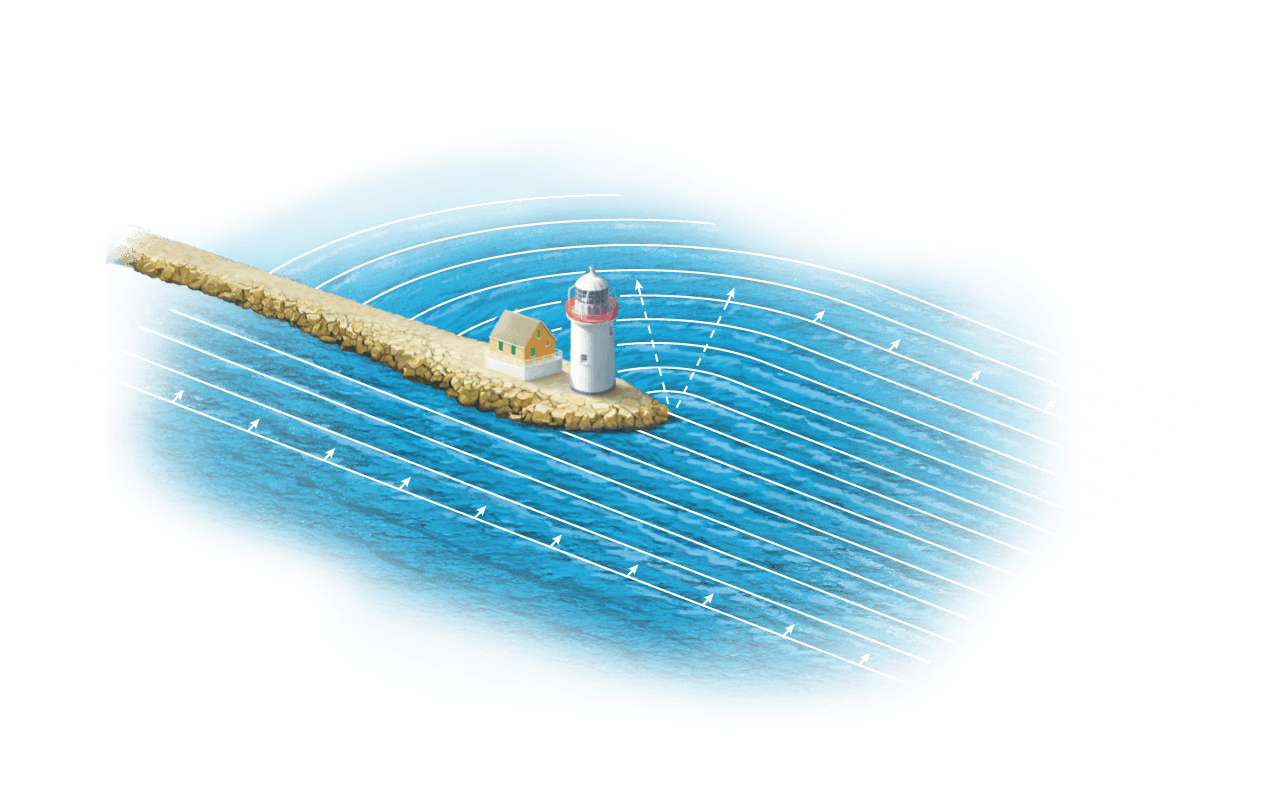
A wave propagates in all directions from its point of origin: surface waves such as water waves propagate in a circle along a surface; other waves propagate in all spatial directions. If they meet an obstacle, they bend around it (diffraction). This is why we can hear sound waves around the corner of a house.
Energy
The greater the energy of a sound wave, the louder its volume. In physical terms, this means: the wave oscillates more strongly, i.e. with a larger amplitude. If it oscillates more rapidly (higher frequency), it transmits more energy in the same period of time, and the pitch is higher.
The intensity of a wave describes how much energy hits a certain surface at a certain time: e.g. the more car noise reaches our eardrums, the more intense the noise is.
Attenuation
A wave loses energy as it propagates – it is attenuated. On the one hand, this happens because the wave front spreads out further and further, so that the energy on it is distributed more and more widely. That is why the further away we are from a light source, the darker it is. On the other hand, waves lose energy when they come into contact with matter – they are ‘swallowed up’ or absorbed: sunlight is increasingly absorbed in water, which is why it is pitch-dark at the bottom of the ocean. The more rapidly a wave oscillates, the faster it is absorbed. This is why higher-pitched sounds reach less far: from a distance, we can only hear the low-pitched bass sounds of a music festival.
Interference
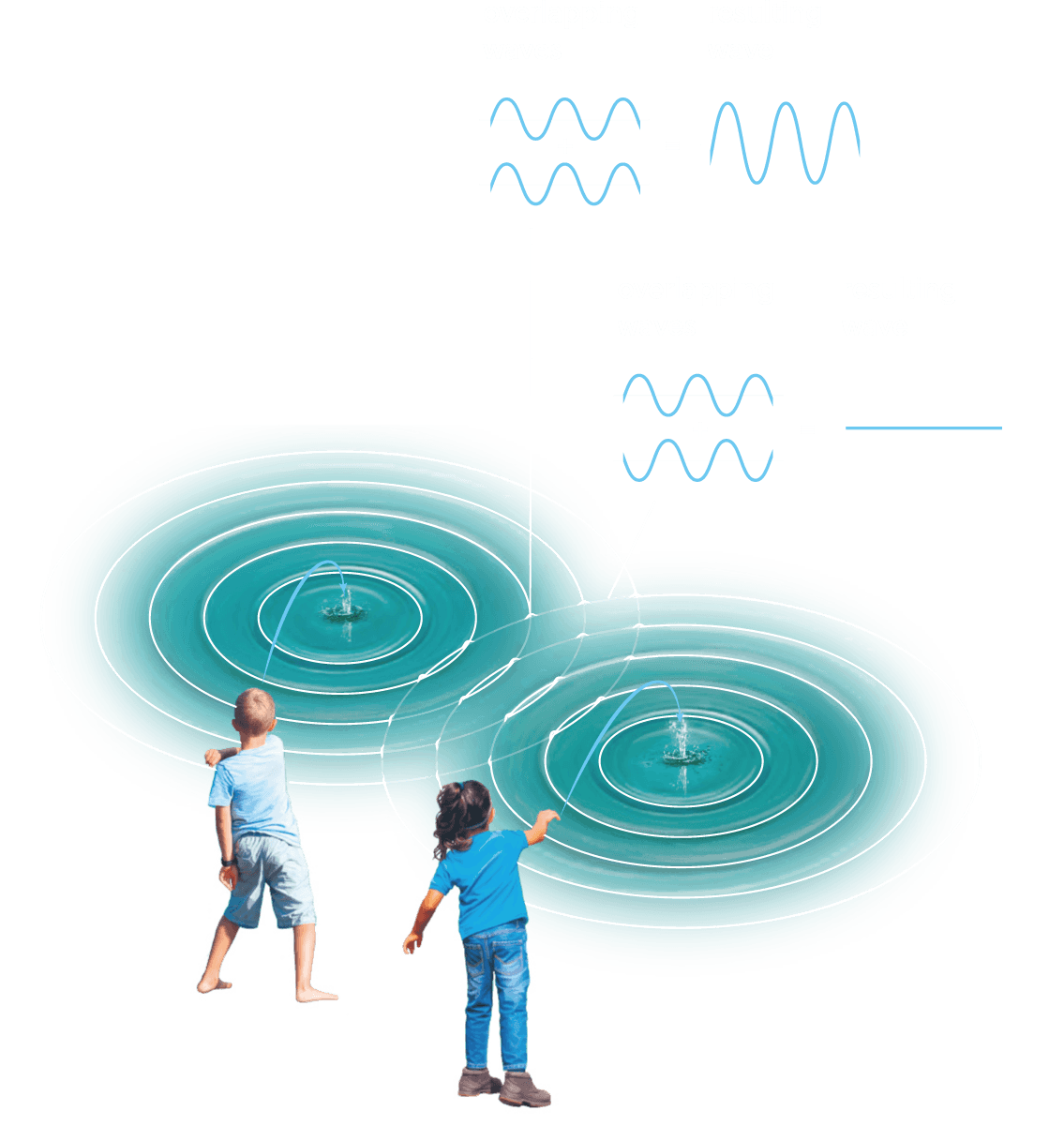
When waves of the same type meet, their oscillations overlap, resulting in interference: two identical wave crests pile up to form one that is twice as high; identical wave crests and troughs cancel each other out. The overlap is only temporary and has no effect on the further propagation of the waves. At a point where many wave crests overlap, a lot of energy is concentrated: this is called focusing.
Frequency
Content
A wave’s frequency, i.e. how fast it oscillates, is determined when it is generated. Since multiple different oscillations are usually generated at the same time and therefore overlap, waves generally consist of various frequencies. The frequencies contained in a wave are denoted by its frequency content. White light, for example, is created when all colours overlap. Waves from different sources can also overlap, resulting in a ‘new’ wave with a new frequency content.
Frequency
Changes
The frequency content changes during wave propagation because frequency components are ‘lost’. On the one hand, this happens through attenuation – and, depending on the frequency, at different rates. On the other hand, the frequency components can diverge, e.g. when a prism splits white light into its colours.
The frequency content also changes when the source of a wave moves (Doppler effect): it ‘squeezes’ the waves in front, so the frequency there becomes higher, while the waves behind it are ‘stretched’, so the frequency there becomes lower.
Velocity
The wave velocity describes how fast a wave’s energy propagates. This depends almost entirely on the type of wave, with electromagnetic waves and gravitational waves being the fastest. It also depends on what the wave propagates through: hot rock, cold water, warm air, a vacuum, etc. From a wave’s velocity and the time that it travels, one can calculate the distance covered.
Wavelength
The wavelength is the distance between two wave crests. It is determined by a wave’s frequency and velocity: the higher the frequency, the shorter the wavelength (‘narrow’ oscillation). Equally, the more slowly the wave propagates, the shorter the wavelength. During propagation, the wavelength only changes when the velocity changes, e.g. when entering a new material. The frequency remains the same.
The wavelength determines how a wave reacts to an object. If the wavelength is much longer than the object, then the object has no effect on the wave. In order to influence the propagation of a wave, the size of an object must be on the same scale as the wavelength or larger.
Reflection
When a wave hits a new material, part of it passes through and the rest is reflected. The angle at which the wave is reflected is the same as the angle at which the wave hits the material. A mirror reflects light almost completely, letting hardly any pass through.
Refraction
A wave’s direction of propagation changes when it transitions into another material: the wave is refracted. This happens because its velocity and thus its wavelength change in the new material. If, for example, light passes from water into air, it becomes faster and its wavelength thus increases: the wave crests move apart and the wave front takes on a new shape. Drawing the direction of propagation as a line perpendicular to the wave front, we can see that the line shows a kink – this illustrates the refraction of the wave.
Dispersion
The frequency components of a wave differ not only in their frequencies but also in their behaviour (dispersion). For example, they propagate at different velocities. This means that they are refracted differently when they pass into another material. This is how white light is split into the colours of the rainbow.
Polarisation
Shear waves are special because they can be polarised. If a shear wave is unpolarised, it can oscillate in all directions perpendicular to the direction of propagation. A polarised shear wave, on the other hand, oscillates only in certain directions, like a rope that swings only up and down and not sideways.